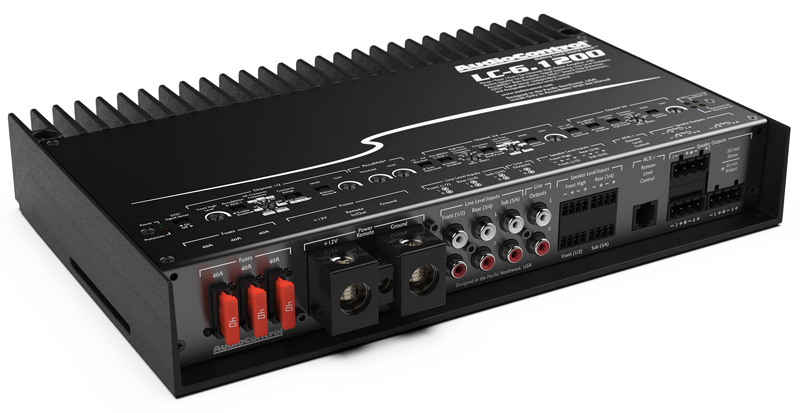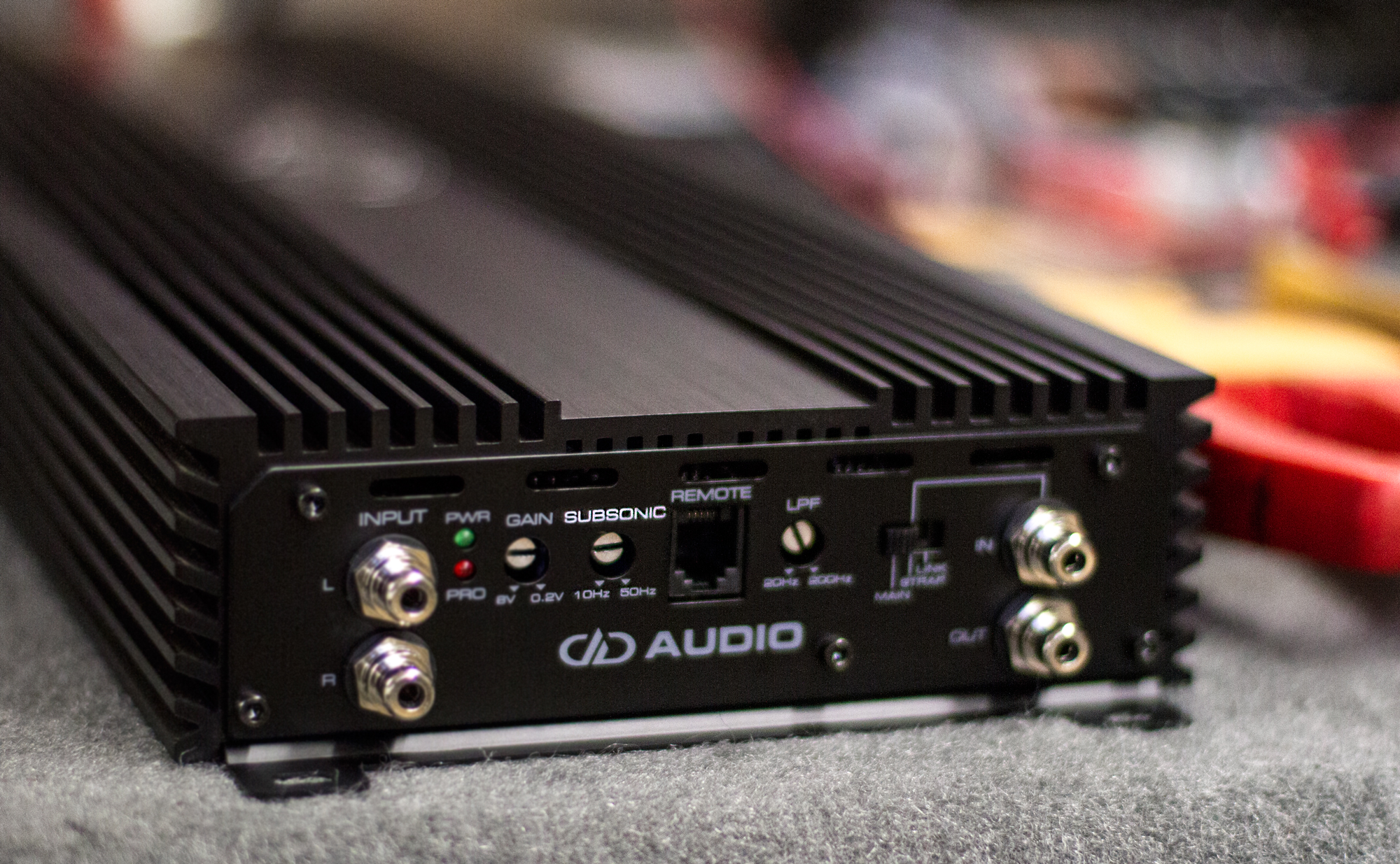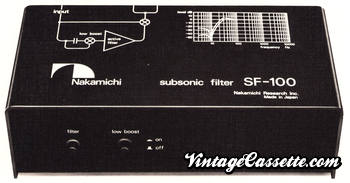


However, there’s a limit to how much power your speakers candle. The more power it outputs, the louder you’re able to get. The entire purpose of amplifiers is to make things loud and they achieve this by directing more power to our speakers and head units. This means that the output transistors do not retain any electricity and hence there isn’t any excess that can be converted to heat. Class DĬlass D amplifiers are the most efficient (90% to 95%) which has a lot to do with the fact that when they’re off, they’re truly off. Hence, you get both the signal purity of Class A and the power efficiency of Class B. The Class B chain contains biasing diodes which eliminate any distortion from the signal path. Class A/BĬlass A/B circuits combine elements from both Class A and Class B, offering the best of both worlds. The biggest drawback of Class B circuits is that they tend to produce slightly distorted signals. This brings up the efficiency level to around 70%. Class BĬompared to Class A, Class B circuits only conduct electricity around 50% of the time. The biggest advantage of Class A amplifiers is that they produce the purest signal. Hence, Class A amplifiers can overheat with prolonged use. This is because only a small amount of the current produced will be utilized by speakers and any other device connected to the amplifier. Here’s a brief summary of how efficiency varies between the classes: Class AĬlass A circuits conduct electricity 100% of the time which unfortunately leads to a lot of wastage. The biggest difference between each class is efficiency, which in this context is a measure of how much Alternating Current (AC) can be supplied by an amplifier while consuming the least amount of Direct Current (DC) possible.

You’ll see why! Amplifier ClassĪmplifiers belong to different classes with the most popular ones being: A, B, A/B and D. This is the kind of stuff that our eyes usually skim over when we’re reading product descriptions but in this case, they’re important to know about. The key is to familiarize yourself with a few important technical specifications such as the class, power output, impedance, sensitivity…etc. After a couple of days with each (connected to my own car audio setup), I managed to shortlist them down to a top five, each of which I’ve reviewed below: Best Mono Block Amplifiers A Simple Buying Guide for Amplifiersīefore we get to the reviews, let’s talk a bit about how you might go about finding the best amplifier for yourself – one that not only suits your audio needs but is also compatible with current car setup. This year, I had the pleasure of trying out 15 of the best mono block amplifiers currently in the market. Hence, they’re designed to be paired with subwoofers, which require much more power than regular speakers. I purchased both of these and they work outstanding.Monoblock amplifiers are one-channel units that output a ton of power. Then use the 'crossover calibrator' to give the fine tune to the exact xover point.

Here is the 'how to' using the distortion detector. I have the Alpine version(same type of micro sub, slot ported, super tiny enclosure) of Tony's same sub set up and it rocks in my wifes 2011 Golf TDi. the sub will be near max excursion and potentially damage it if over driven. in Tony's case, since he has a 8'' sub, i would not suggest anything lower than 25hz. Then, set your true Xover point -again with SteveMeade designs meter.finally wire up to sub and your set.Īs far as your 'subsonic filter' put it at the HIGHEST point you dont want your sub to play down past. then when you know what the 'clipping' point is, move on to the AMP clipping.ĭeck clipping preset, reduced slightly, then watch AMP clipping and reduce slightly. you can use a Oscope or a steve meade designs meter. You should set the gain from the DECK (volume knob) to see where you get clipping. Are you running the top amp 'pass through' to the sub amp? is the xover to the sub amp switched to LP?


 0 kommentar(er)
0 kommentar(er)
